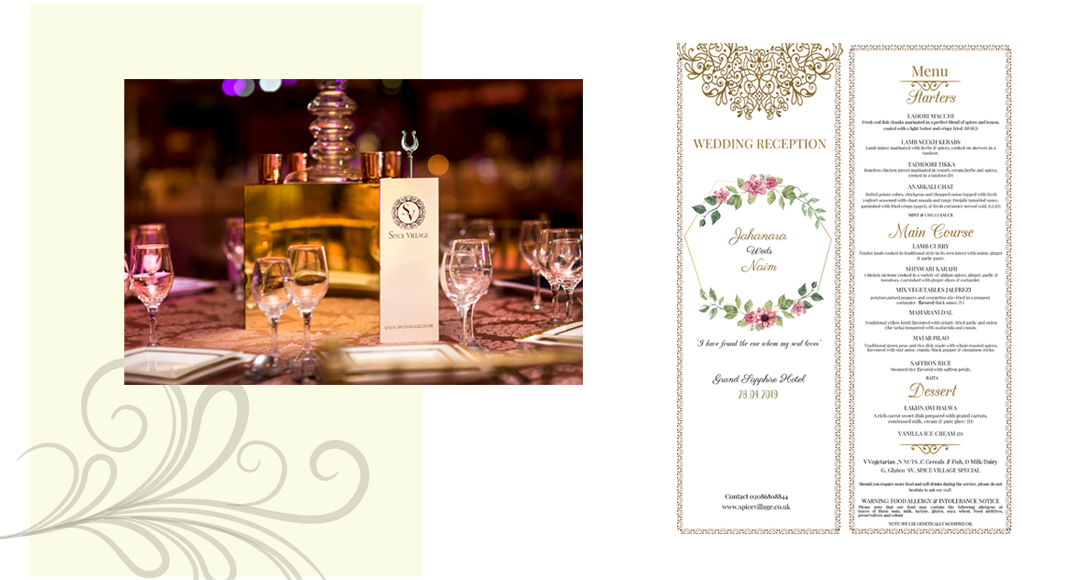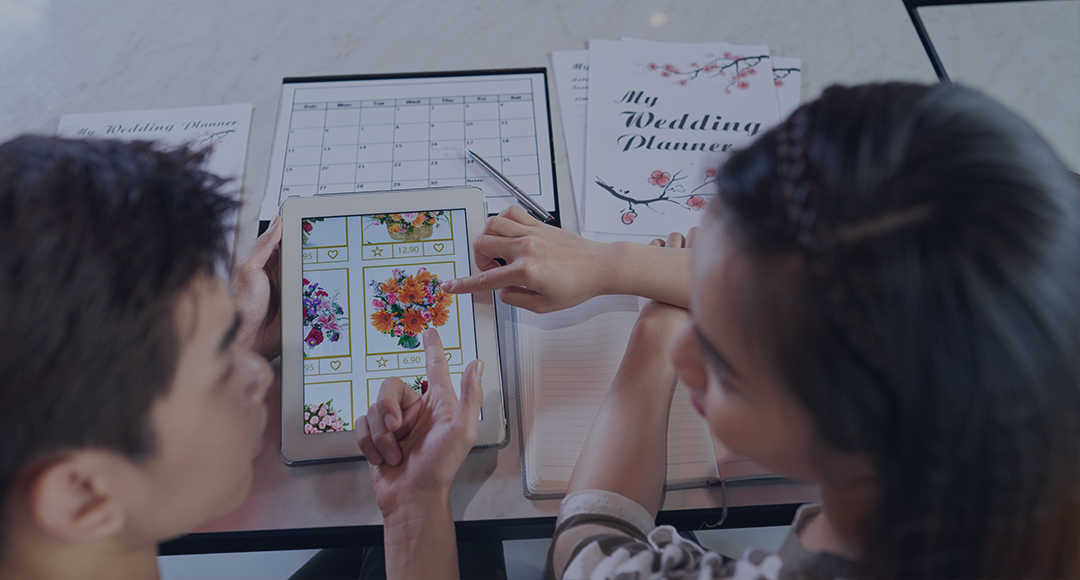Corporate Events Done Right: Tips for Hosting Seamless Conferences
 First Impressions Matter
First Impressions Matter
A conference is more than just a meeting. It is a chance to build trust, share ideas, and grow your brand. When done well, it leaves a strong impression. When done poorly, it creates confusion and stress. Every detail matters. From the venue to the speakers, each part plays a role. A smooth, well-run event shows professionalism. It also helps attendees feel welcome and focused.
Start with a Clear Goal
Before you book anything, know why you are hosting the event. Do you want to launch a product? Share updates with your team? Bring industry leaders together? The goal shapes everything else. It affects who you invite, what you plan, and how you measure success. Once the purpose is clear, planning becomes much easier.
Choose the Right Venue
The venue sets the tone. It should be professional but comfortable. It must also have enough space. Think about how many people you expect. Make sure there is room for seating, displays, and food service. Good lighting and clear sound are key. Guests should be able to hear and see everything without effort.
A location that is easy to reach is also important. Choose a venue near major roads or public transport. If guests are traveling from out of town, nearby hotels are a plus. Parking or shuttle options should be shared early.
Create a Simple, Smart Schedule
The best conferences stay on track. This starts with a clear schedule. Each session should have a set time. Breaks must be included. People need time to rest, eat, or network. Overloading the day can cause fatigue. Keep the content sharp and useful. Focus on quality, not quantity.
Make the agenda easy to read. Use a printed version or a mobile app. Include session names, speaker bios, and times. This helps guests know what to expect and where to go.
Work with Strong Speakers
Speakers are the heart of your event. They shape the experience. Choose people who are experts, but also great at speaking. Good speakers keep audiences engaged. They share real value. They make people think or act.
Meet with speakers in advance. Talk about the audience and the message. Ask for slides or materials early. Make sure all speakers stay within their time limits. This helps the full day stay on schedule.
Set Up the Right Technology
Technology can help or hurt a conference. Good audio and video systems are a must. Guests must be able to hear, see, and interact. Microphones should be tested. Screens should be big enough. If you are live-streaming, make sure the internet is strong and stable.
Plan for backups. Bring extra cables, chargers, and batteries. Have tech support on site. A small glitch can distract from a big message. The smoother the tech, the better the flow.
Offer Great Support and Signage
Guests should never feel lost. Signs should be clear and easy to read. Put them near entry points, halls, restrooms, and dining areas. Friendly staff should be ready to help. They should know the schedule and layout.
Registration should be fast and smooth. Use digital check-in if you can. Hand out name tags and event materials right away. This gives a good first impression.

Serve the Right Food
People remember food. Good meals and snacks keep energy high. Match the food to the time of day and length of event. Offer coffee and light snacks in the morning. Provide lunch options that are filling but not heavy. Think about dietary needs too. Vegetarian, vegan, and gluten-free guests should feel included.
Presentation matters. Use clean, organized tables. Offer drinks throughout the day. Water, tea, and coffee should always be available. It shows care and attention.
Create Space for Networking
Conferences are not just about learning. They are also about connecting. Set aside time for networking. This could be a welcome reception, a group lunch, or open time between sessions. People often find great ideas during casual chats.
Create spaces where people can talk. This could be lounge areas, open tables, or even standing spots near the coffee station. Add signs or prompts to spark conversation. The easier it is to connect, the more people will remember the event.
Share Your Brand
Your brand should be part of the experience. Use your logo on signs, programs, and screens. Create a welcome video or message that shows who you are. Offer branded notebooks, pens, or gift bags. These items are useful and memorable.
But keep it simple. The goal is to share your message, not to overload guests. A clean, smart look shows that your brand cares about details.
Follow Up After the Event
The event doesn’t end when the last guest leaves. Follow-up is key. Send a thank-you note or email within a few days. Share highlights, photos, or recorded sessions. Ask for feedback. What worked? What didn’t? This helps you improve next time.
You can also use the event content to extend your reach. Share short videos or quotes on social media. Write a recap blog or post a few pictures. It keeps the conversation going and shows others what they missed.
Keep Things Simple and Smooth
In the end, a good conference feels easy. Guests should not have to guess where to go or what to do. The schedule should run on time. The space should feel comfortable and well-planned. Every detail adds up.
From arrival to exit, guests should feel welcome and informed. That kind of care stands out. It shows that you value their time and trust.

Conclusion
Planning a conference is a big task. But with the right steps, it can feel smooth and stress-free. Start early. Know your goals. Pick a strong venue. Work with great speakers and strong teams. Make it easy for guests to enjoy and connect.
At the end of the day, success comes from clear planning and thoughtful choices. When each piece fits together, the result is something truly professional. A seamless event speaks for itself. It builds respect, drives ideas, and leaves a lasting impact



